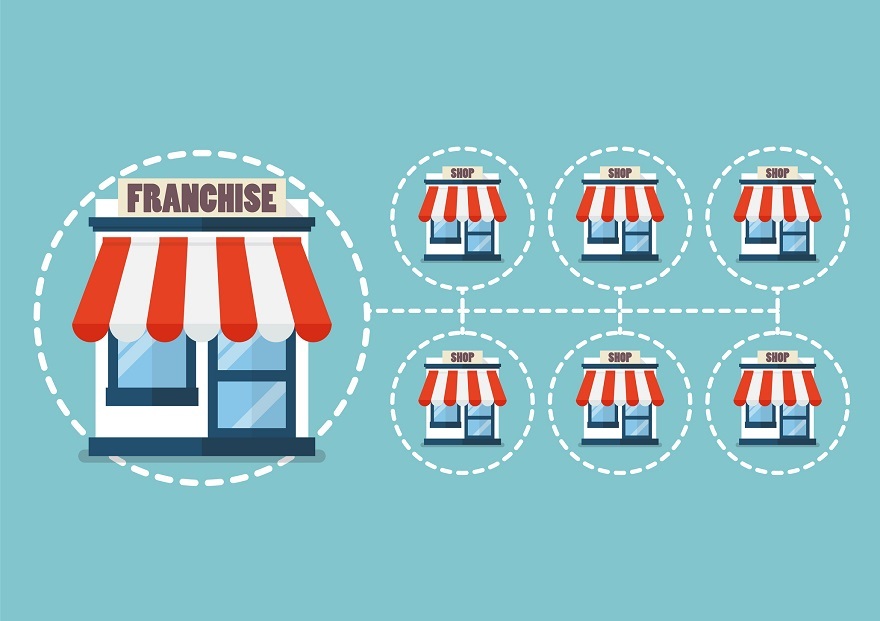Marketplace Mavericks: Pioneers of Digital Commerce

Explore the fascinating journey of the visionaries who revolutionized shopping! Dive into the rise of digital commerce with the daring Marketplace Mavericks. Business, Technology, E-commerce, Retail, Innovation, History. The vibrant marketplace has been a cornerstone of human civilization for millennia. Bustling with vendors hawking wares and shoppers bartering for the best price, it’s a historical scene. However, recent decades have witnessed a quiet revolution in this age-old tradition. The rise of digital commerce has fundamentally altered how we shop, offering a world of products at our fingertips with unparalleled convenience and selection. This transformation owes a debt of gratitude to a group of daring pioneers – the Marketplace Mavericks. This series, “Unveiling Tradition,” explores the stories of these digital trailblazers who forever changed the face of retail.
From Brick-and-Mortar to Bandwidth: The Early Days of E-commerce
-
Auction Action: eBay’s Unexpected Rise:
In 1995, Pierre Omidyar, tinkering away in his California home, launched a small online auction site called AuctionWeb. This platform, later christened eBay, allowed individuals to buy and sell items directly to each other. This peer-to-peer model, fueled by the burgeoning power of the internet, revolutionized how people acquired goods. It offered a wider selection than traditional stores, often at lower prices, and fostered a sense of community among collectors and bargain hunters.
-
The Bookworm’s Paradise: Amazon’s Meteoric Ascent:
Another visionary entrepreneur, Jeff Bezos, saw the potential of the internet to transform the bookselling industry. In 1994, he launched Amazon, an online bookstore promising a vast selection of titles at competitive prices. Beyond offering convenience, Amazon’s focus on customer service – with features like user reviews and one-click purchasing – quickly made it a favorite among bookworms. The company’s relentless innovation, expanding into other product categories and developing cloud computing services, solidified its position as an e-commerce titan.
-
Community and Convenience: The Rise of Online Marketplaces:
As internet access became more widespread, online marketplaces like Etsy and Craigslist emerged. These platforms catered to a different niche, offering a space for artisans and individuals to sell their handcrafted goods and used items directly to consumers. This fostered a sense of community and provided a platform for unique products that might not have found a place in traditional retail stores.
Building Trust in the Digital Frontier
-
Securing the Wild West: Building Trust in Online Transactions:
Online commerce’s early days were fraught with security and fraud concerns. Consumers hesitated to share their financial information online, and the lack of established regulations created a sense of unease. Companies like PayPal emerged, offering secure online payment processing solutions. This helped build trust and encourage wider adoption of e-commerce by mitigating the risk of financial transactions.
-
The Power of Peers: Building Loyalty with Reviews and Recommendations:
Another challenge for online retailers was establishing brand loyalty in a virtual environment. Unlike traditional stores, where interactions with salespeople and physical examination of products built trust, online shopping lacked a personal touch. To address this, platforms like Amazon and eBay implemented customer review systems, allowing users to share their experiences and recommendations with others. This fostered trust and helped online retailers build brand loyalty among their customer base.
The Evolving Landscape: Mobile Commerce and the Rise of Data
-
The Rise of the Mobile Shopper: Convenience at Your Fingertips:
The widespread adoption of smartphones ushered in a new era – mobile commerce (m-commerce). Consumers can now shop anytime and anywhere, with user-friendly apps and mobile-optimized websites that make the experience seamless. This shift in shopping habits presented challenges and opportunities for retailers, who needed to adapt their strategies to cater to the on-the-go shopper.
-
The Power of Data: Personalization and Targeted Recommendations:
The digital age has also led to the rise of data-driven marketing and personalization techniques. By analyzing user behavior and preferences, online retailers can tailor product recommendations, promotions, and marketing messages to individual customers. This has created a more targeted and personalized shopping experience, making it easier for consumers to discover products they’re likely interested in.
-
Blurring the Lines: The Future of Retail – A Blend of Online and Offline:
As technology continues to evolve, the lines between online and offline retail are blurring. Brick-and-mortar stores increasingly embrace digital elements, such as in-store kiosks for online ordering or augmented reality experiences allowing customers to interact virtually with products. Conversely, online retailers are exploring pop-up shops and physical locations to offer a more tangible connection with their customers.
In Conclusion- The Marketplace Mavericks, who dared to embrace the digital revolution, have reshaped the retail landscape irrevocably. They transformed a marketplace once confined by geography into a boundless online bazaar. The convenience, selection, and personalized experiences e-commerce offers have fundamentally altered consumer behavior.





